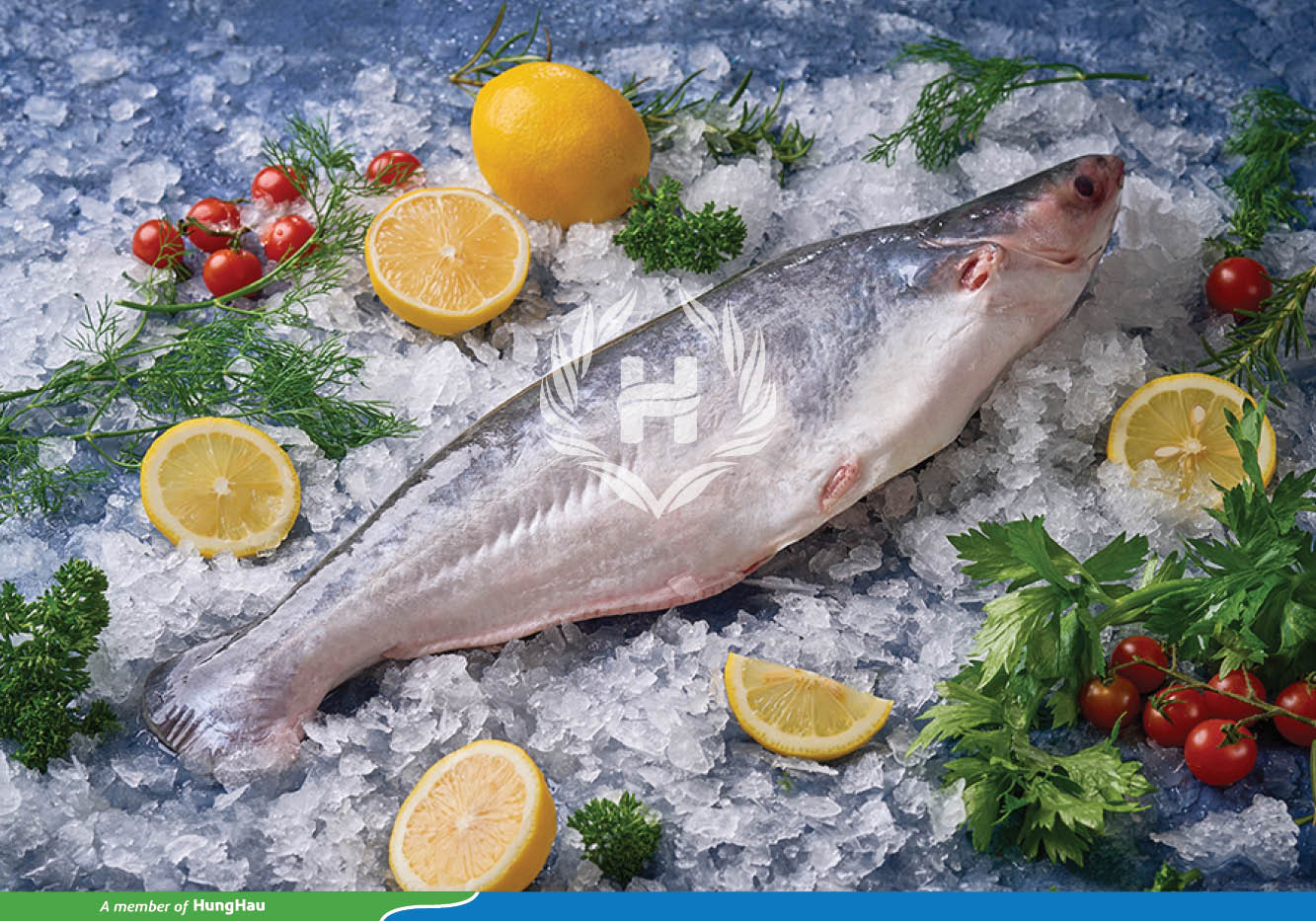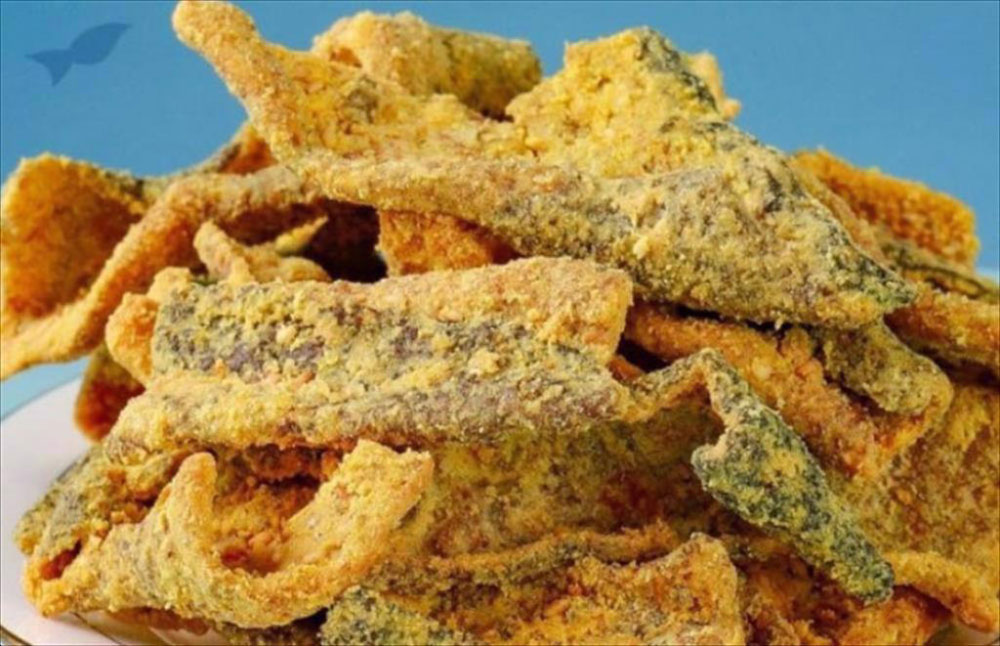Vietnam Seafood
From raw pangasius exports to deep processing: An irreversible trend?
As the world moves toward greater technological integration, circular economy development and environmental protection renders an export structure heavily reliant on raw products unsustainable. Fierce price competition, changing global consumer behaviors and the recent 20% tariff from U.S are pushing may be forcing Vietnam’s pangasius industry into a necessary phase of restructuring. In this process, transitioning to deep processing is no longer a choice – it is an irreversible path.
Rapid Growth but “Thin” in Value
According to Vietnam Customs data, in the first half of June 2025, pangasius exports reached 86 million USD, a 6% increase compared to the same period last year. Cumulative exports as of June 15, 2025, totaled 915 million USD, marking an 11% increase year-on-year. Frozen fillets under HS code 0304 remain the mainstay, accounting for over 80% of total export value with a 10% growth rate. However, a bright spot lies in deeply processed products under HS code 16, which reached 24 million USD by June 15, 2025 – a remarkable 59% increase, despite accounting for just 2.6% of Vietnam’s total pangasius export value.
This indicates rapidly rising market demand for high-value processed products with businesses beginning to respond by expanding their product portfolios. Still, from a strategic standpoint, this is merely the beginning – not yet a strong enough shift to safeguard the industry from external shocks.
U.S Countervailing Tariffs: An Unwelcome Pressure
The U.S has announced the imposition of countervailing tariffs on various Vietnamese goods, including pangasius. These tariffs create significant pressure on exporters, especially amid unfavorable fluctuations in raw material prices, logistics costs and exchange rates.
The tariffs directly impact frozen fillet products, which dominate export volumes. With the industry’s average gross profit margin at just 8–12% (based on financial reports from major companies such as Vinh Hoan (VHC), IDI and Nam Viet (ANV) over the last three quarters of 2024–2025), the added tax burden could render many export orders unprofitable.
Specifically, for frozen fillet shipments to the U.S. with an average FOB price of 2.6–2.8 USD/kg, the tariffs inflate post-tax costs, while U.S. market prices cannot be adjusted immediately. If enterprises absorb the full cost differential, many contracts no longer reach breakeven. This reality is compelling businesses to seriously consider shifting toward more deeply processed products – not only to diversify their portfolios but also to spread risk and optimize long-term cost structures.
Shifting through action, not just rhetoric
Some industry leaders such as Vinh Hoan have taken proactive steps in this direction. Reports indicate Vinh Hoan invested 26 million USD to diversify products and optimize costs in response to U.S. tariff pressures. At the SEAFOOD EXPO NORTH AMERICA 2025, the company showcased a wide range of deep-processed offerings, including pangasius surimi, breaded pangasius tray packs and steamed fish-filled dumplings – clear indicators of a strategic pivot toward HS code 16 products targeting high-end markets.
However, only a limited number of enterprises have the capacity to invest in deep processing. Most small and medium-sized firms lack automated production lines, R&D teams or access to distribution channels demanding convenient, branded products. This bottleneck slows the industry’s structural shift and creates uneven progress across the sector.

The Market Demands More from Vietnam
Beyond the U.S, markets like Europe, Canada, Japan, and Mexico are increasingly demanding higher-processed products. These buyers no longer want just a fillet but a ready-to-use product: fully cooked, hygienically packaged with sauces included – sometimes even portioned for modern retail or foodservice channels. In other words, not just “seafood raw material” but complete seafood products.
U.S. and EU importers are ramping up orders for processed pangasius products, primarily from Vietnam, as competitors like India and Indonesia lack sufficient deep-processing capabilities.
Long-term strategy: Integration from farm to brand
Deep processing cannot be isolated from the rest of the value chain. From breeding stock and ASC/BAP – certified farming to processing plants and cold-chain logistics, all must be restructured to support a “deep product” strategy. Raw fish must be uniform in size and quality, meeting sensory standards to produce high-quality IQF steamed products or fish cakes.
Deep processing also requires a branding strategy. A marinated, tray – packaged product without a brand is still just outsourced processing. To truly enhance value, Vietnam’s pangasius industry must build a national brand for processed products – similar to what Chile has done with salmon or Norway with cod.
No Turning Back
Whether desired or not, the pangasius industry is being forced into a phase where low-value primary processed products no longer ensure competitiveness. Trade disruptions like U.S. tariffs are accelerating a long-simmering transformation.
Shifting to deep processing is not just a trend – it’s a necessity for survival. Companies that hesitate to restructure portfolios, invest in technology or build brands will be left behind. Conversely, those that boldly innovate and lead will capture the highest value of Vietnamese pangasius in the global supply chain.
Source: https://seafood.vasep.com.vn/



 Tiếng Việt
Tiếng Việt